Description
A deep, circular, gilt silver bowl with everted, wavy lip and collet foot, the body chased in high relief with two different designs, both of very naturalistic rose flowers with buds and leaves upon thorny stems, slipped at the end, over a softly hammered surface.
Dimensions & Weight:
Diameter: 14.5 cm. / 5 ¾ in. Depth: 9.6 cm. / 3 ¾ in. Weight: 357 gm. / 11.5 oz. T
Hallmarks:
Lion Passant (Sterling); Leopard’s Head (London); lower case Roman ‘l’ (1906-7). The sponsor’s mark of Roman capitals ‘H A’ over ‘&’ over ‘S’ in a truncated diamond-shaped punch, for Holland, Aldwinckle & Slater of Hosier Lane, Smithfield, London EC, overstrikes the original manufacturer’s mark of Roman capitals ‘PE &’ over ‘SONS’ in a quatrefoil punch, for Pearce & Sons Ltd. of Leeds (see Culme, referenced below, Vol. 2, p 242).
Latino Movio (1858-1949)
Among the many employees of Henry Holland (founder of the firm that in due course became Holland, Aldwinckle & Slater) and his successors have been noted the chasers Robert Straker and Latino Movio and, possibly, Gilbert Marks, who went on to become one of the leading art metalworkers at the turn of the (20th) century.[1] Marks’s last work was recorded in 1902, by which time his powers seem to have been failing, and he died in February 1905. It appears that Straker had been pensioned by 1905[2] and that Movio, who for some years had been a co-worker of Gilbert Marks[3], was producing work for Holland, Aldwinckle & Slater (among other manufacturers) through 1904 and 1905, “so that its appearance seems to coincide with the cessation of Marks’s oeuvre and to represent an attempt by the retailers to continue a popular style in the absence of its foremost practitioner”.[4] Despite the lack of a signature, therefore, it is most probable that Latino Movio chased this piece made in 1906-7.
Both (Carlo) Latino Movio (1858-1949) and his brother Louis (or Luigi) (1859-1900) were born in Milan into a metal-working family. About 1880, presumably at the end of their apprenticeships, they came to London where Louis married an English girl and appears to settle in south London. Latino returns to Italy to work with his father, Luigi (1835- ca.1890), where he specialises in modelling and designing in both precious and base metals. In 1881, he exhibits at the Milano e l’Espozione Italiana where he wins a bronze and a silver medal. Movio (senior) and son Latino also exhibited and won prizes at the industrial and artistic exhibition in Rome in 1886. By the beginning of 1891, Latino Movio, his wife and seven children have moved to London where, to start with, they settle in Wilmington Square, Clerkenwell which, at that time, was a heavily populated and impoverished area. Not long after, the family move to south London where Latino’s brother Louis had settled in Battersea. The likelihood is that Latino, who was clearly a skilled metalworker, worked for various silver manufactories as a journeyman before linking up with the more prosperous and better-connected Gilbert Marks, with whom he appears to have worked until Marks’s death in early 1905. Meanwhile, his brother Louis had been working as one of Henry Wilson’s assistants before taking a post, teaching at the Birmingham Municipal School of Art, by 1898.
In the Census of 1911, Latino is described as an artist in metal repoussé and a silversmiths’ factory worker. In 1914, he advertises in The Studio, “Castings in cera perduta (lost wax) … in high relief a speciality …” (see picture).
[1] John Culme, The Directory of Gold and Silversmiths, Jewellers & Allied Traders 1838-1914, 1987, Vol. 1, p.235.
[2] Ibid., note 16 on p. 236.
[3] Ibid., p. 312 and note 13 on p. 313.
[4] Ibid., p. 312 and note 14 on p. 313.

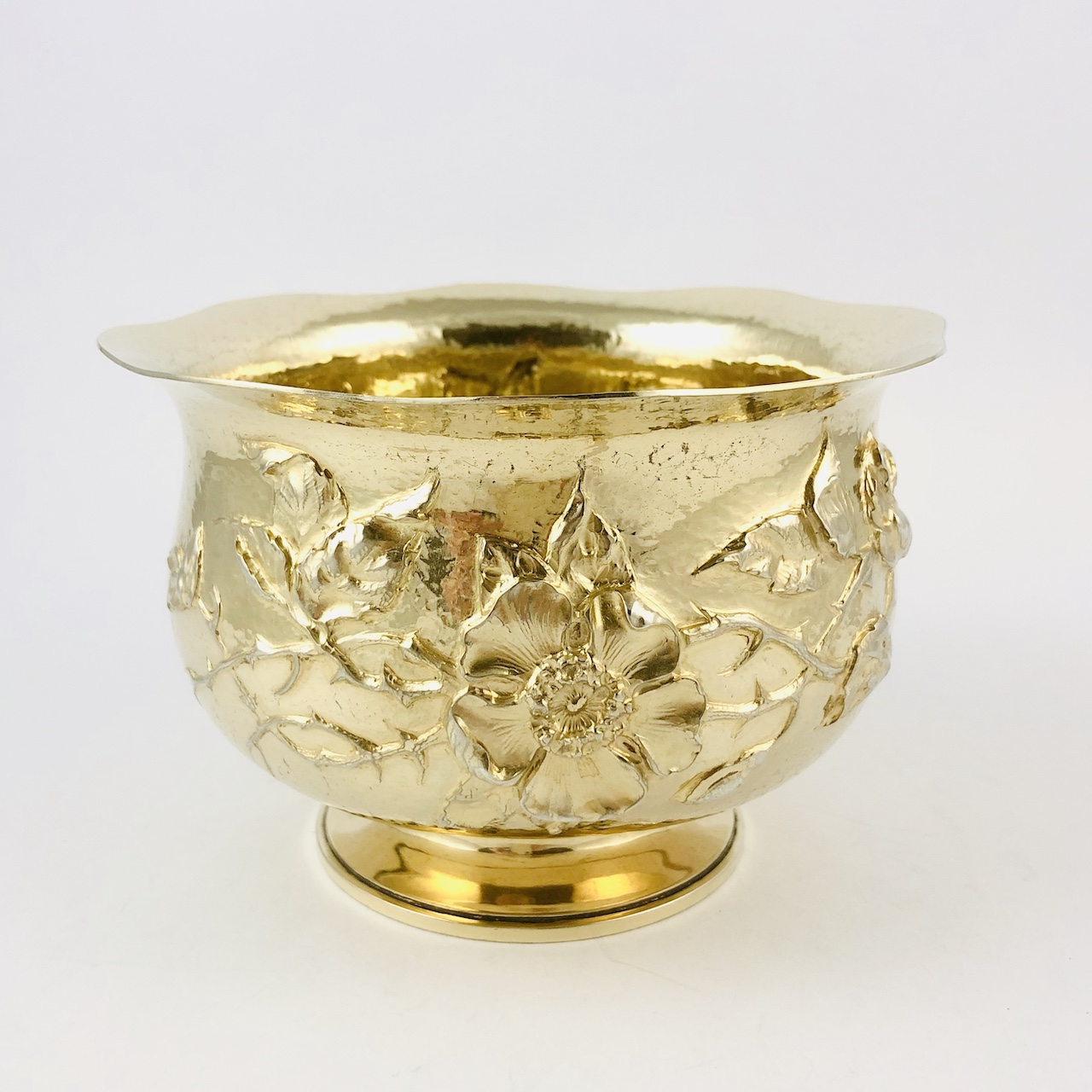
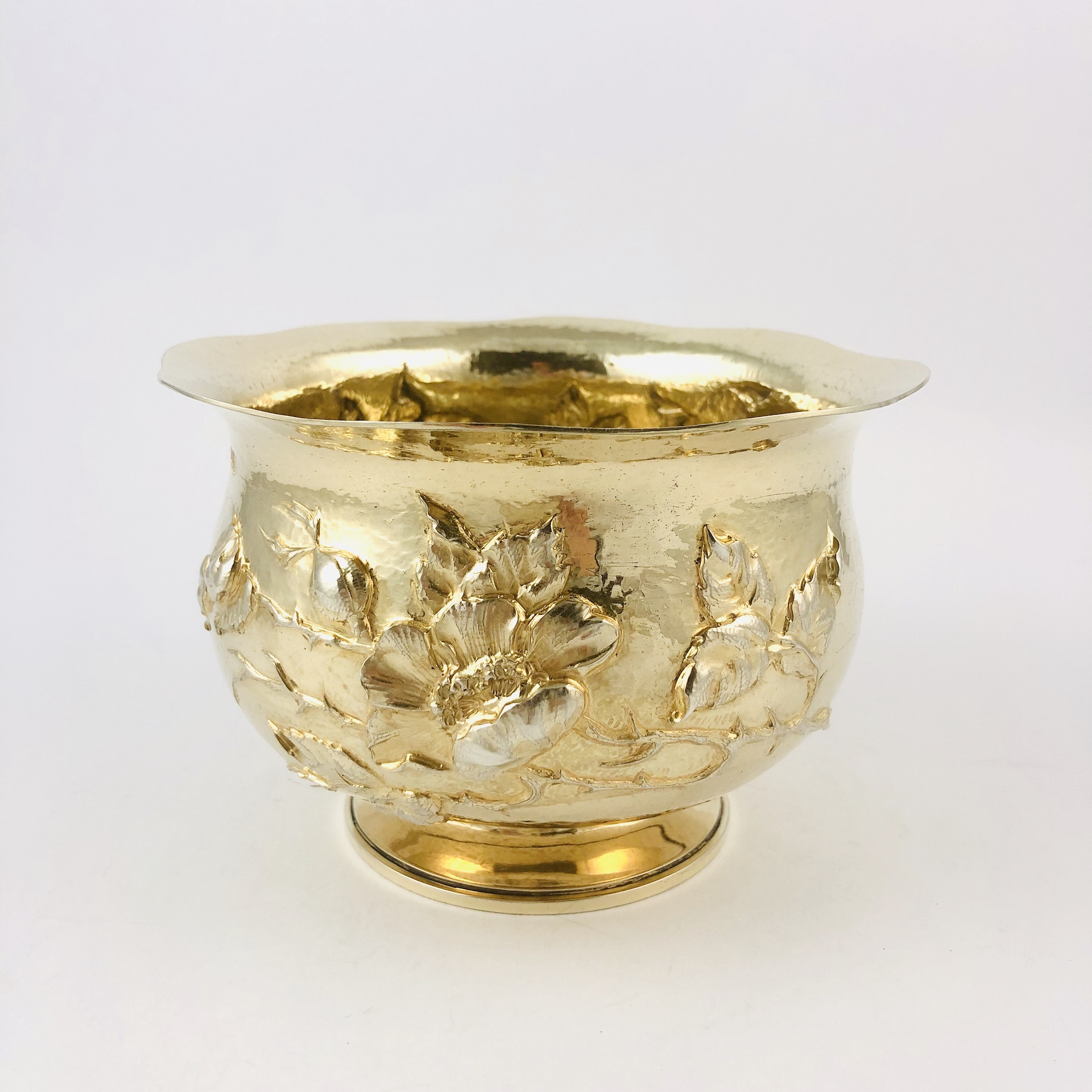
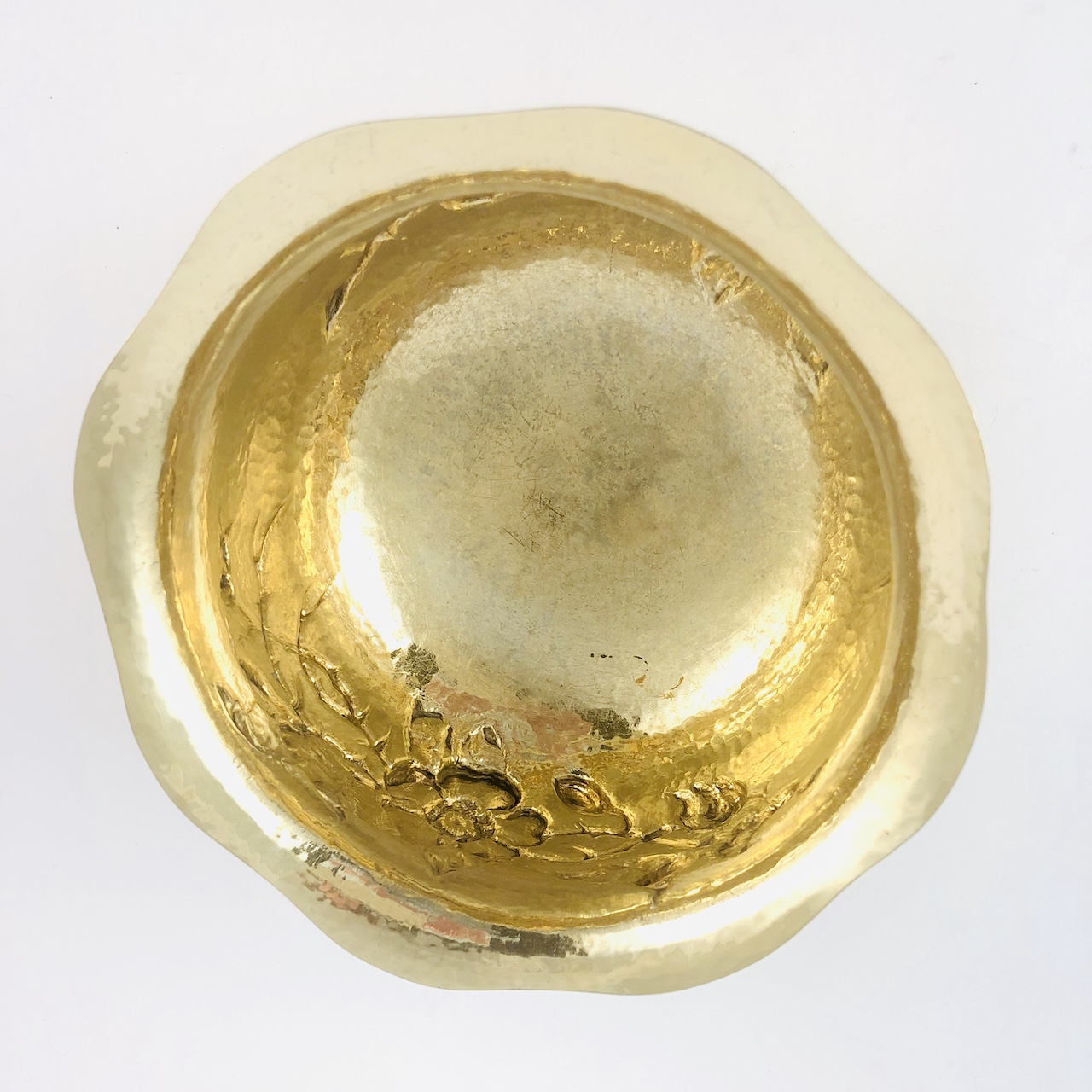

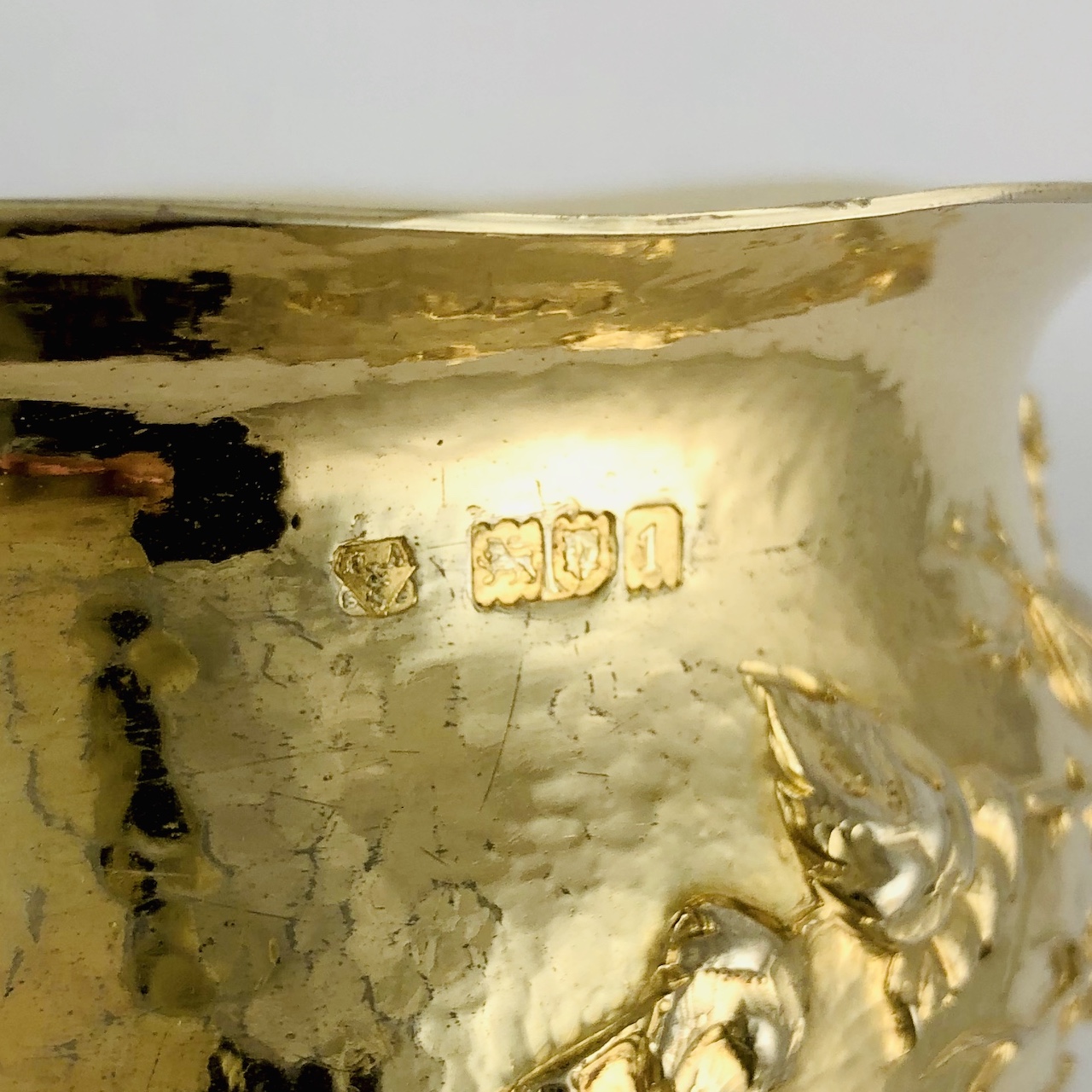

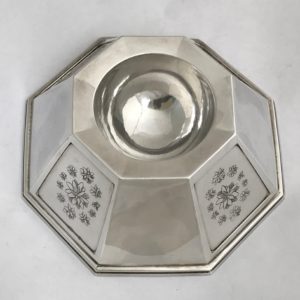
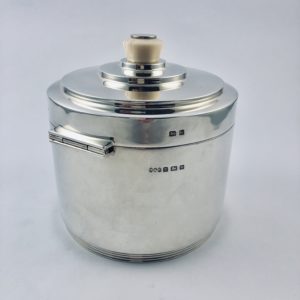
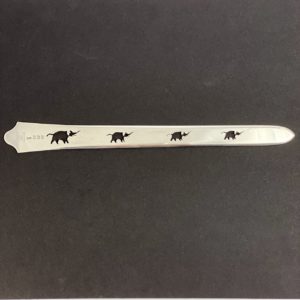
Reviews
There are no reviews yet.